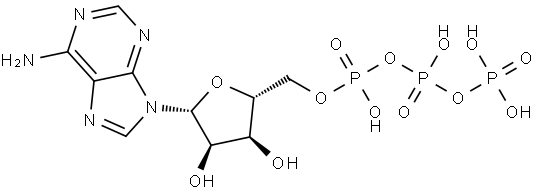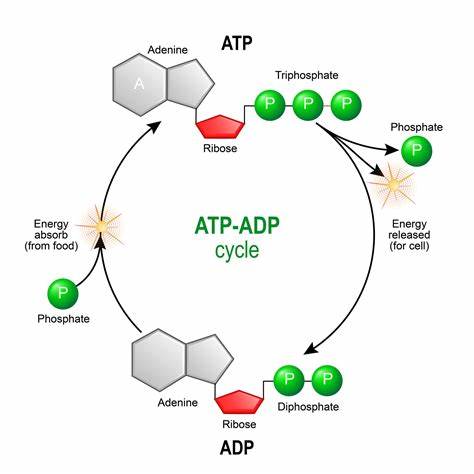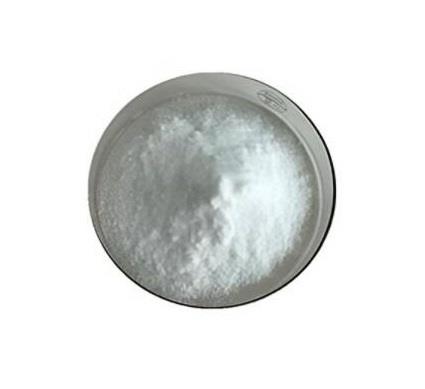Structure and Functions of Adenosine triphosphate
Adenosine triphosphate (ATP) is an organic compound and hydrotrope that provides energy to drive many processes in living cells, such as muscle contraction, nerve impulse propagation, condensate dissolution, and chemical synthesis. Found in all known forms of life, ATP is often referred to as the "molecular unit of currency" of intracellular energy transfer.
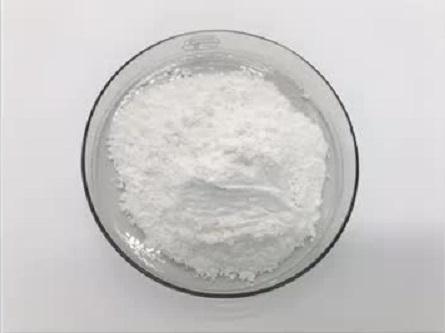
Structure of ATP
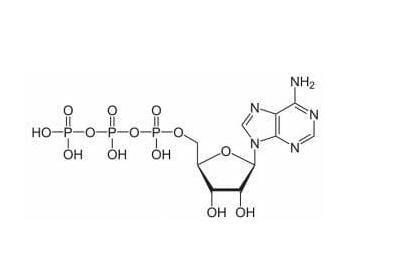
This is a structural diagram of ATP. It is made up of the molecule adenosine (which itself is made up of adenine and a ribose sugar) and three phosphate groups. It is soluble in water and has a high energy content due to having two phosphoanhydride bonds connecting the three phosphate groups.
Functions of ATP
Energy Source
Adenosine Triphosphate (ATP) is the primary energy carrier in all living organisms on earth. Microorganisms capture and store energy metabolized from food and light sources in the form of ATP.
When the cell requires energy, ATP is broken down through hydrolysis. The high energy bond is broken and a phosphoryl group is removed. The energy released from this process is used to drive various cellular processes. ATP is constantly formed and broken down as it participates in biological reactions and it is central to the health and growth of all life.
Signal Transduction
ATP is a signaling molecule used for cell communication. Kinases, which are enzymes that phosphorylate molecules, use ATP as a source of phosphate groups. Kinases are important for signal transduction, which is how a physical or chemical signal is transmitted from receptors on the outside of the cell to the inside of the cell. Once the signal is inside the cell, the cell can respond appropriately. Cells may be given signals to grow, metabolize, differentiate into specific types, or even die.
DNA Synthesis
The nucleobase adenine is part of adenosine, a molecule that is formed from ATP and put directly into RNA. The other nucleobases in RNA, cytosine, guanine, and uracil, are similarly formed from CTP, GTP, and UTP. Adenine is also found in DNA, and its incorporation is very similar, except ATP is converted into the form deoxyadenosine triphosphate (dATP) before becoming part of a DNA strand.
You may like
Related articles And Qustion
See also
Lastest Price from Adenosine triphosphate manufacturers

US $0.00-0.00/Kg/Drum2025-04-21
- CAS:
- 56-65-5
- Min. Order:
- 1KG
- Purity:
- 98%
- Supply Ability:
- 500kg/month

US $10.00/KG2025-04-21
- CAS:
- 56-65-5
- Min. Order:
- 100KG
- Purity:
- 99%
- Supply Ability:
- 100 mt
